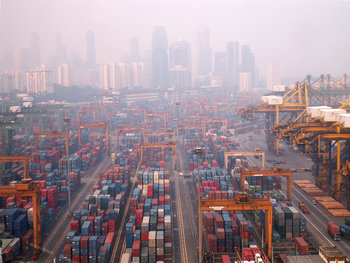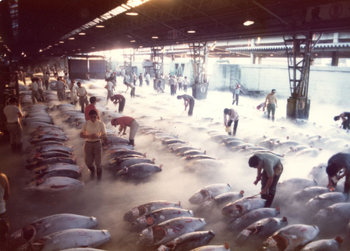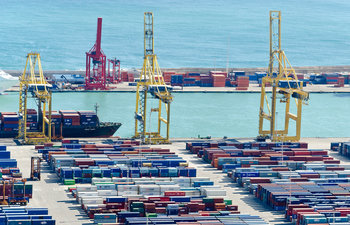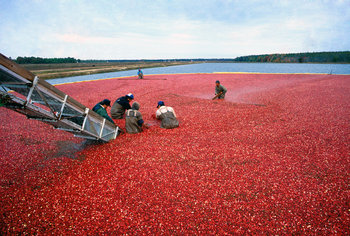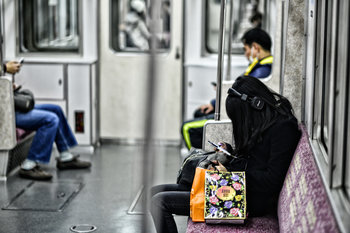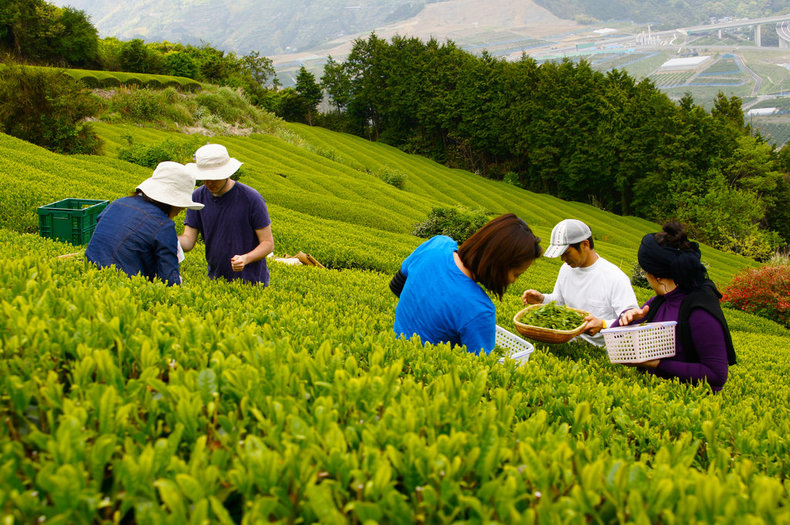
Cost
A nation can produce cotton for $1 a kilogram and wool for $17. Cotton can be sold to other nations for $2. Wool can be imported from other nations for $5. The nation benefits from exporting cotton and importing wool.Productivity
A nation produces a technically superior model of aircraft for $120 million using 1 million hours of labor. This represents a productivity rate of $120 / hour. The nation can produce 100 widgets worth $0.10 with an hour of labor. This represents a productivity rate of $10 / hour. The nation has an comparative advantage in aircraft and benefits from producing aircraft and importing widgets.Absolute Advantage
A nation can produce organic green tea at a price of $2 per kilogram. This represents a cost advantage over all other nations. This particular type of green tea can be sold for $5 per kilogram to other nations, a significant premium over cost. The same nation can produce organic apples for $2 per kilogram which fetch $2.50 per kilogram on international markets, unlike green tea, other nations can produce apples cheaper. Over time, many of the nation's farms switch from apples to green tea as it is more profitable.Quality
A nation produces wine that is valued for its quality. Where an average bottle of wine fetches $4 in trade. Wine from this nation commonly fetches $17 in trade. As such, vineyards in this nation generate $100,000 in sales per acre of cultivated land each year. This beats other crops in the region. For example, pumpkins generate $23,000 per acre. As such, the nation has a comparative advantage in wine based on the quality of the product and its ability to generate more value from resources such as land, water and labor.| Overview: Comparative Advantage Examples | ||
Type | ||
Definition | When a nation can produce a particular good at a lower opportunity cost than other nations. | |
Related Concepts | ||




